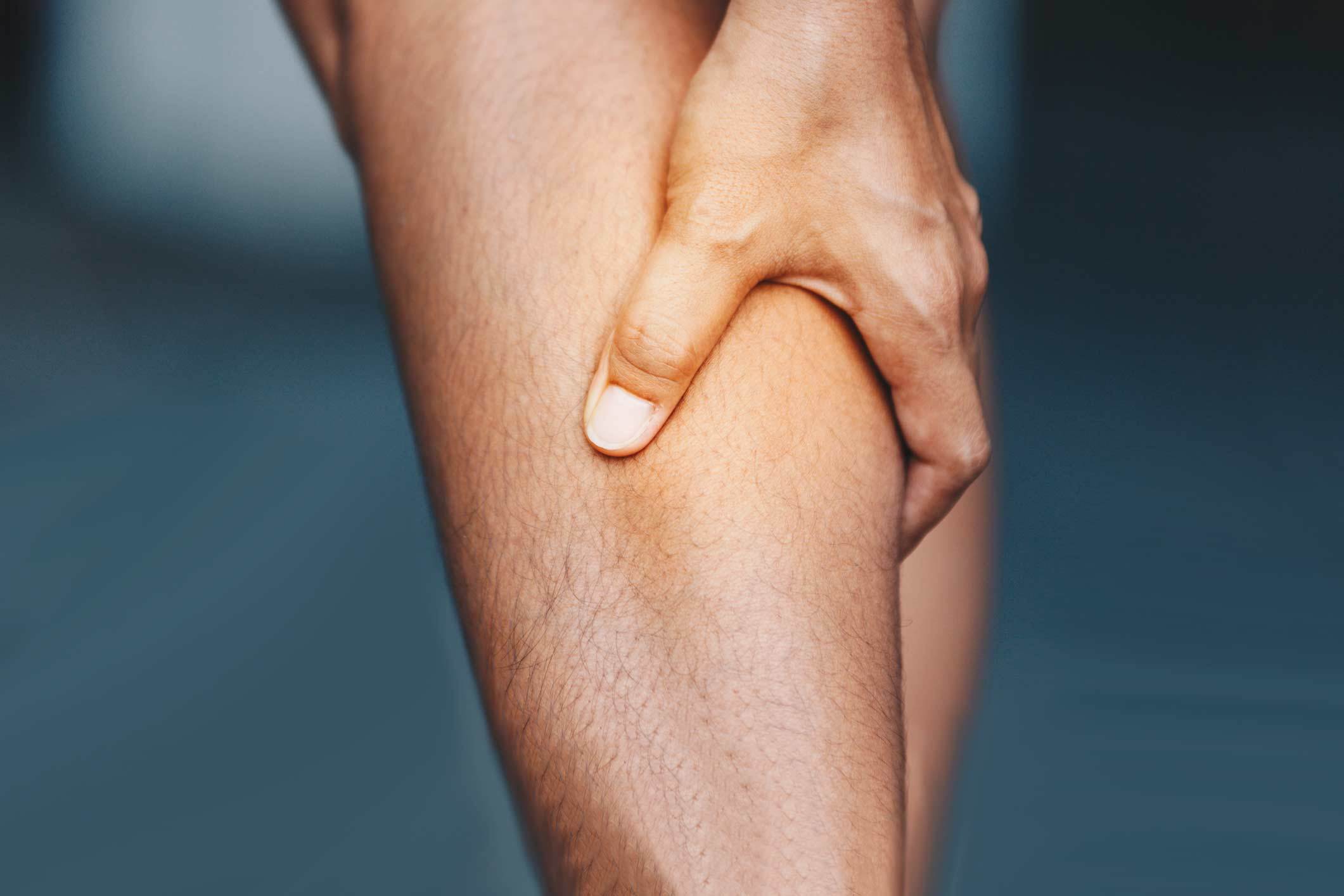

In some cases, this can release naturally occurring substances that promote blood clotting. Damage to the Vein Wallsĭuring surgery, the doctor must move, or retract, soft tissues such as ligaments, muscles, and tendons to reach the area being operated on. These antigens can also stimulate clot formation. In addition, during total hip replacement, preparing the bone to receive the prosthesis may cause the body to release chemical substances called antigens into the blood system. During surgery, matter such as tissue debris, collagen, or fat may be released into the blood system and can cause the blood to coagulate. Hypercoagulationīlood thickens, or coagulates, around matter that does not belong in the veins. This is why it is important to watch for signs of DVT in people who are on bed rest, immobilized in a splint or cast, or not able to move for long periods of time. Blood that does not flow freely and does not mix with anticoagulants may be more likely to clot. This helps blood flow freely and mix with naturally occurring agents (anticoagulants) in the blood that keep the blood cells from clotting. Blood that Flows Slowly through Veins (Stasis) In these orthopaedic situations, three primary factors contribute to the formation of blood clots in veins: slow blood flow, hypercoagulation, and damage to the veins. Using birth control pills or hormone therapyĪ broken hip or leg, or having major surgery on your hip, knee or lower leg can affect normal blood flow and clotting.Having a vein disease, such as varicose veins.Personal or family history of DVT or pulmonary embolism.Several factors can affect blood flow in the deep veins and increase the risk for developing blood clots.

Your doctor will take steps to prevent DVT if you have a major fracture or are having lower extremity surgery-including total hip or total knee replacement. For this reason, doctors focus on preventing the development of DVT using different types of therapies, depending upon a patient's needs. In many cases, DVT occurs without noticeable symptoms and is very difficult to detect. This damage can lead to long-term problems in the leg such as pain, swelling, and leg sores.

Even if a blood clot does not break free, it may cause permanent damage to the valves in the vein. Although rare, this complication-called a pulmonary embolism-can be fatal. If a blood clot breaks free, it may travel through the bloodstream and block blood flow to the lungs. While there are a number of risk factors for developing a DVT, two of the most common are an injury to your lower body and surgery that involves your hips or legs.Ī DVT can have serious consequences. This can happen if a vein becomes damaged or if the blood flow within a vein slows down or stops. Preventing Blood Clots After Orthopaedic Surgeryĭeep vein thrombosis, or DVT, occurs when a blood clot forms in one of the deep veins of the body.


 0 kommentar(er)
0 kommentar(er)
